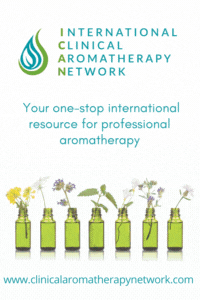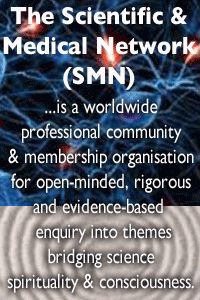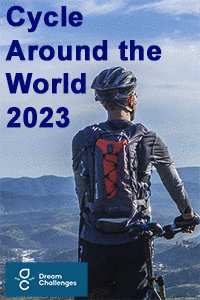Positive Health Online
Your Country

Research: BOON and colleagues,
Listed in Issue 97
Abstract
BOON and colleagues, Leslie Dan Faculty of Pharmacy, University of Toronto, Toronto, Ontario, Canada, have assessed the use of complementary and alternative medicine by men with prostate cancer.
Background
The study aimed to ascertain the prevalence of complementary and alternative medicine (CAM) use among men diagnosed with prostate cancer, and to explore how users differ from nonusers.
Methodology
A questionnaire was mailed to a random sample of 696 men diagnosed with prostate cancer.
Results
The response rate to the questionnaire was 78.8%. Almost one third, 29.8%, reported using CAM for prostate cancer care. Natural health products such as vitamin E, saw palmetto, and selenium, were used by 26.5% of respondents. CAM therapies were used by 17.0% of the men, mostly in the form of dietary changes, and 9.1% visited CAM practitioners. Men who attended support groups were much more likely to use CAM. Men who had more advanced disease, as well as men who believed in the benefits of CAM but were not concerned about adverse effects, were also more likely to use CAM. CAM use was not related to education, income, or geographic location.
Conclusion
The study suggests that the use of CAM is not a phenomenon restricted to a small sub-population of the rich and educated. The findings highlight the necessity for urologists to ask all their patients about their use of complementary or alternative medicine.
References
Boon H, Westlake K, Stewart M, Gray R, Fleshner N, Gavin A, Brown JB, Goel V. Use of complementary/alternative medicine by men diagnosed with prostate cancer: prevalence and characteristics. Urology 62 (5): 849-853, Nov 2003.



